Imagine standing tall, your shoulders broad and powerful, radiating strength and confidence. This is not a dream, but a reality that can be achieved through the art of calisthenics shoulder workout. Calisthenics is a form of exercise that utilizes the weight of your own body. It’s not just about aesthetics, but also about enhancing your functional strength and mobility to sculpt your shoulders [¹].
So, are you ready to redefine your limits and unlock your shoulder’s full potential? Let’s explore this exciting journey of strength, resilience, and transformation together!
Warm-up Exercises for The Shoulders
Before jumping into the intense shoulder workout, it's crucial to warm up [²] your shoulder muscles properly. Warming up helps increase blood flow to the muscles, improves flexibility, and reduces the risk of injury. Here are three effective warm-up exercises for your shoulders:
1. Arm Circles
Begin in an upright standing position with your feet shoulder-width apart, maintaining good alignment with your head, shoulders, hips, and legs. Extend your arms out to your sides at shoulder height. Engage your core and move your arms in small circular motions. Keep making the circular motion as you make the circles bigger. Return to the starting position and repeat the movement, as needed.
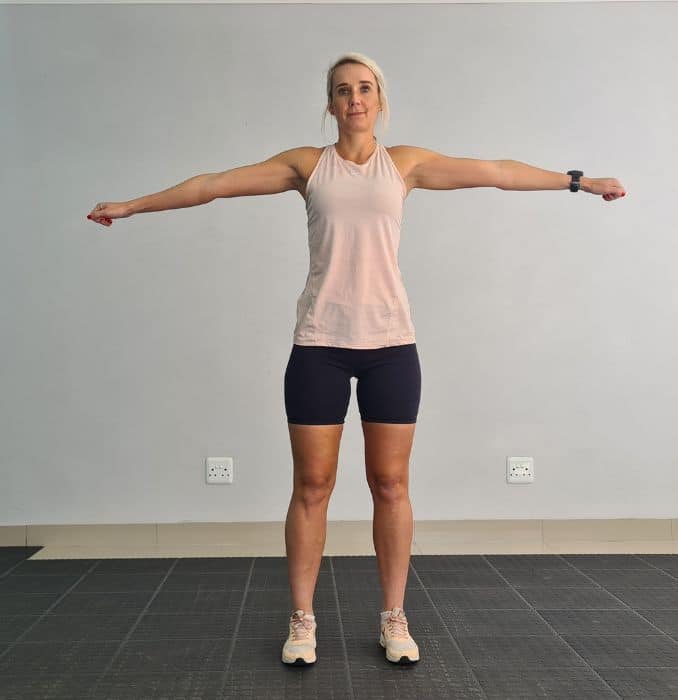 |
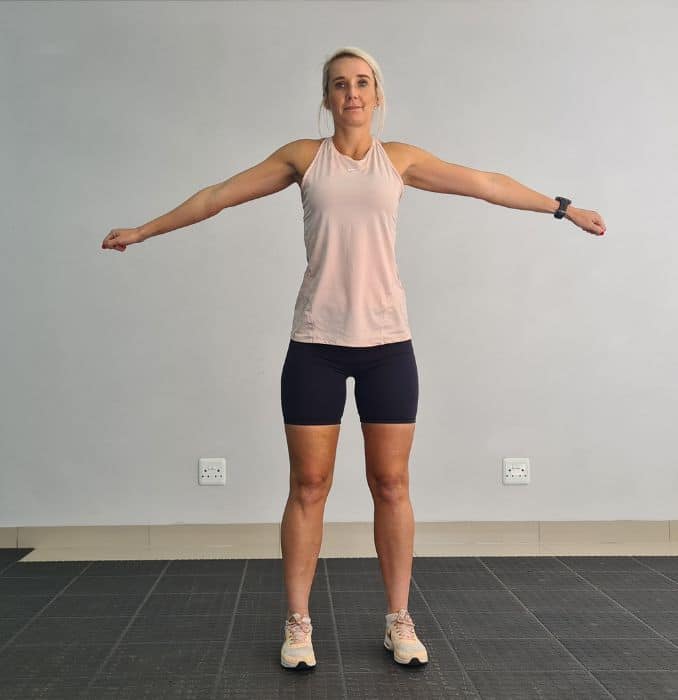 |
2. Shoulder Rolls
Begin in an upright standing position with your feet hip-width apart, maintaining good alignment with your head, shoulders, hips, and legs. Engage your core. Lift your shoulders and roll them down and back to squeeze your shoulder blades together. Lower your shoulders down to the starting position and repeat the movement as needed.
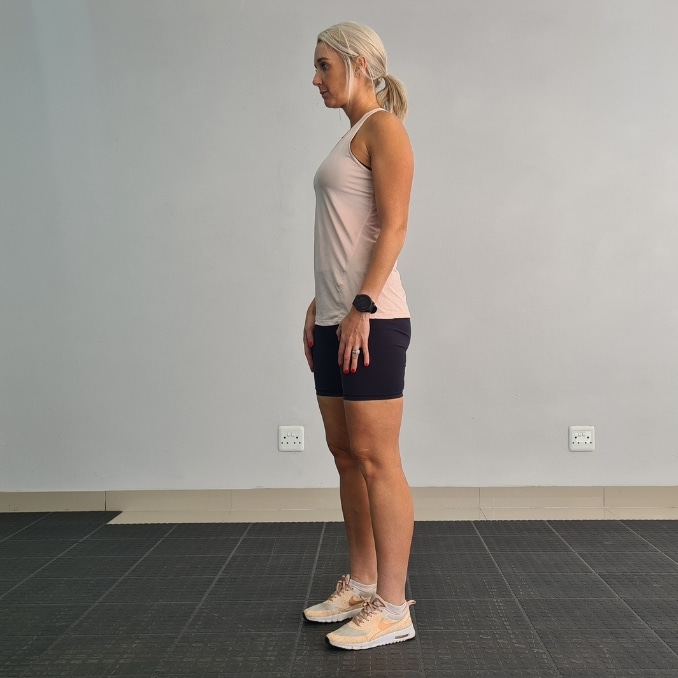 |
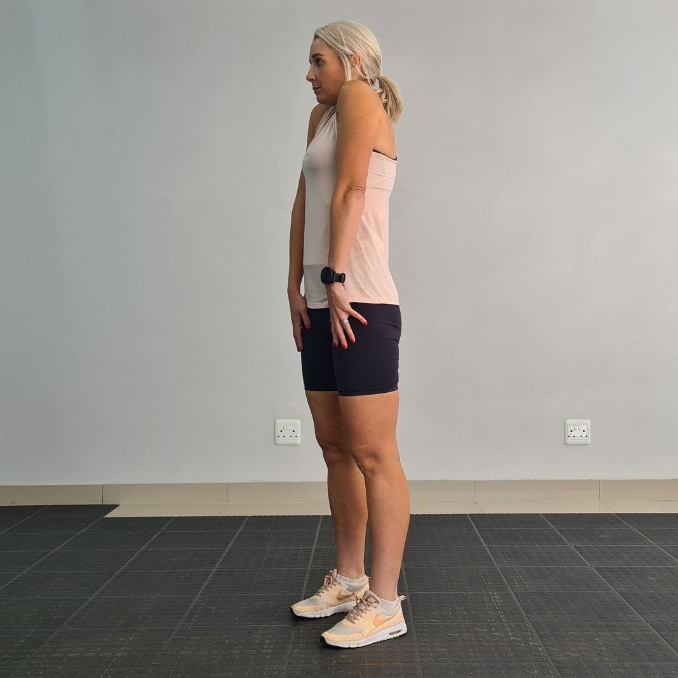 |
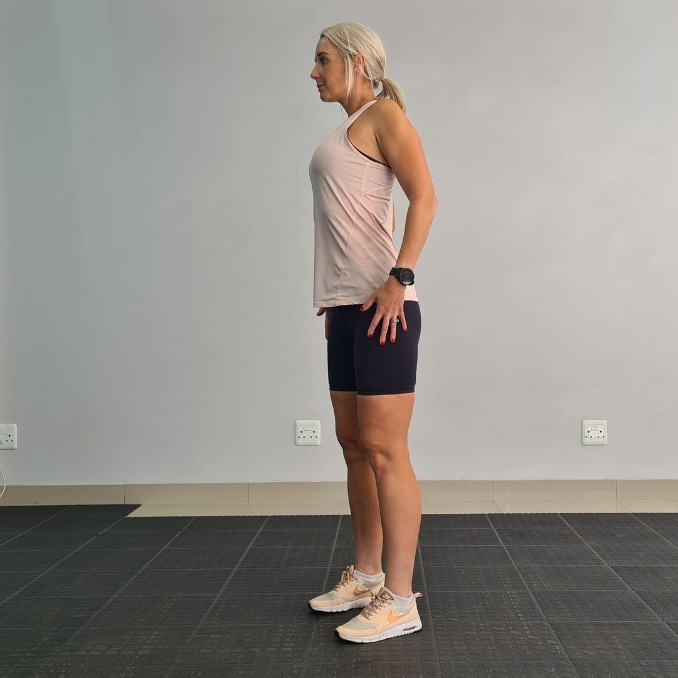 |
3. Cross-Body Reaches
Begin in an upright standing position with your feet shoulder-width apart, maintaining good alignment with your head, shoulders, hips, and legs. Bend your elbows alongside your body. Engage your core and reach across your body with one arm at shoulder height. Return to the starting position and repeat the movement on the opposite side.
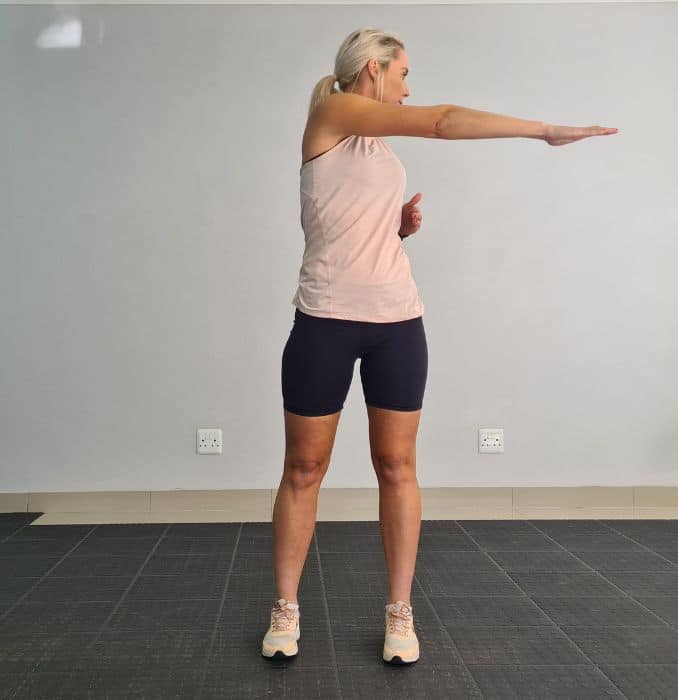 |
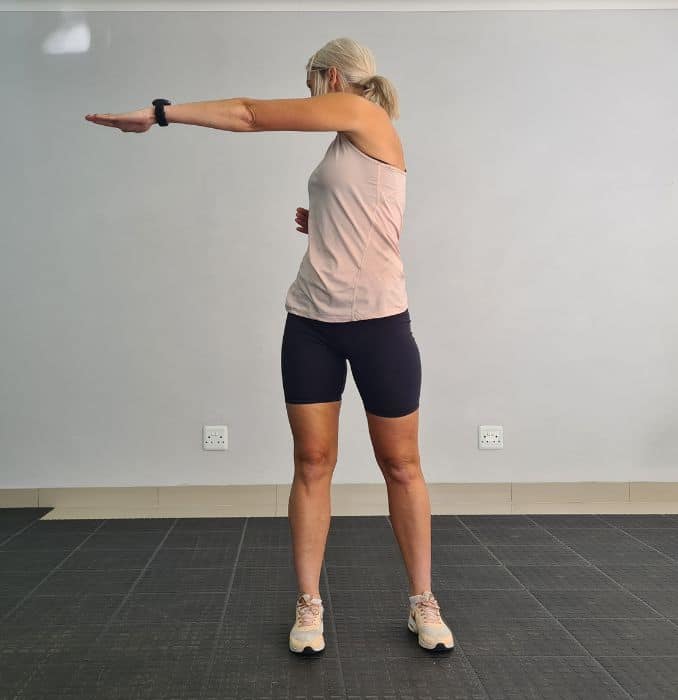 |
By incorporating these warm-up exercises into your routine, you'll ensure that your shoulder muscles are adequately prepared for the upcoming calisthenics workout. Now, let's dive into the top five calisthenics shoulder exercises that will help you achieve those powerful, sculpted shoulders.
5 Best Shoulder Calisthenic Exercises
Calisthenic shoulder exercises can effectively target the shoulder muscles while also engaging other muscle groups for stability and coordination. Here are five of the best shoulder calisthenic exercises:
1. Shoulder Press
For this exercise, you can use an exercise band, a dumbbell, or a can of soups for added resistance.
Begin in an upright standing position with your feet hip-width apart, maintaining good alignment of your head, shoulders, hips, and legs. Hold the resistance band with both hands and bend your elbows at chest height, placing the resistance tubing at the back of your head. Contract your core and move your arms extended overhead as you pull the band apart, creating resistance on the tubing. Lower back your arms to return to the starting position and repeat the movement as needed.
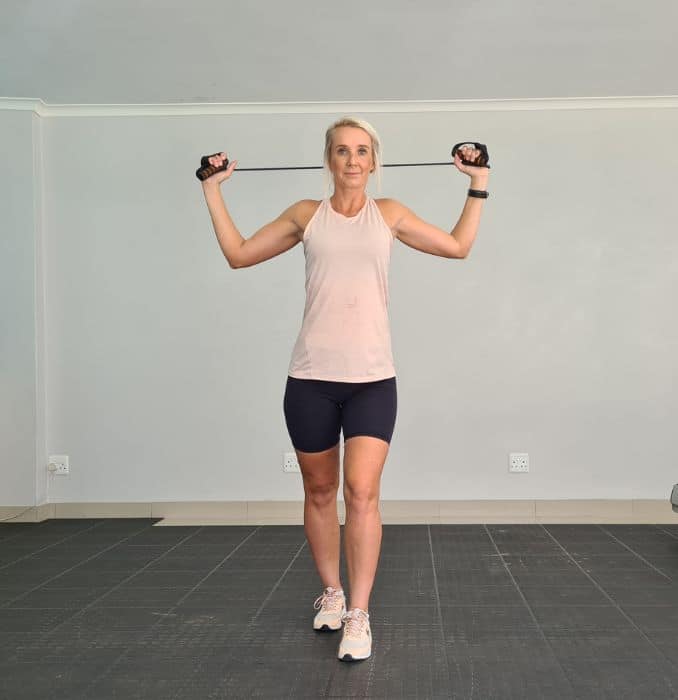 |
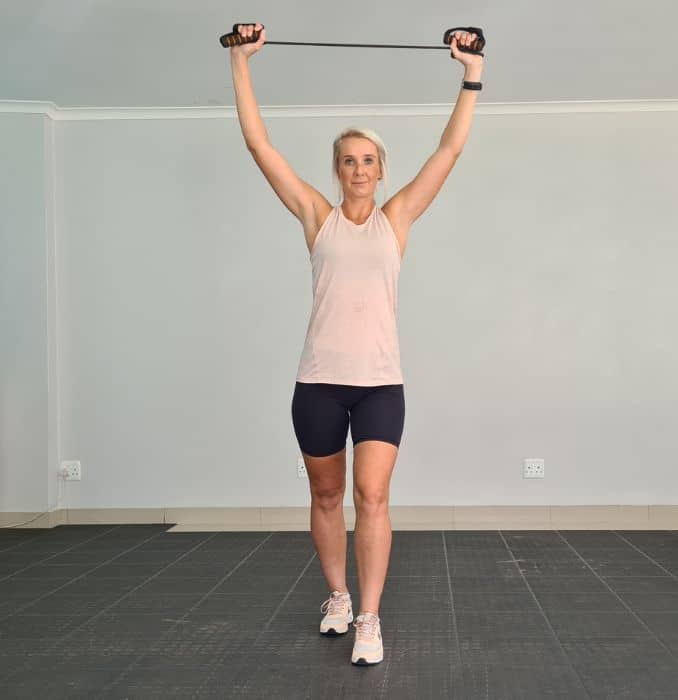 |
2. Lateral Raises
For this exercise, you can use an exercise band, a dumbbell, or a can of soups for added resistance.
Begin in an upright standing position with your feet hip-width apart, maintaining a good alignment with your head, shoulder, hip, and legs. Step on the center of the resistance tubing with one foot and hold one end of the resistance band in one hand. Engage your core and lift your arm out to the side at shoulder height, creating resistance on the tubing. Lower your arm to return to the starting position and repeat the movements on the opposite side.
This is an amazing deltoid calisthenics shoulder workout or exercise that targets the side delts and helps develop strong and muscular shoulders.
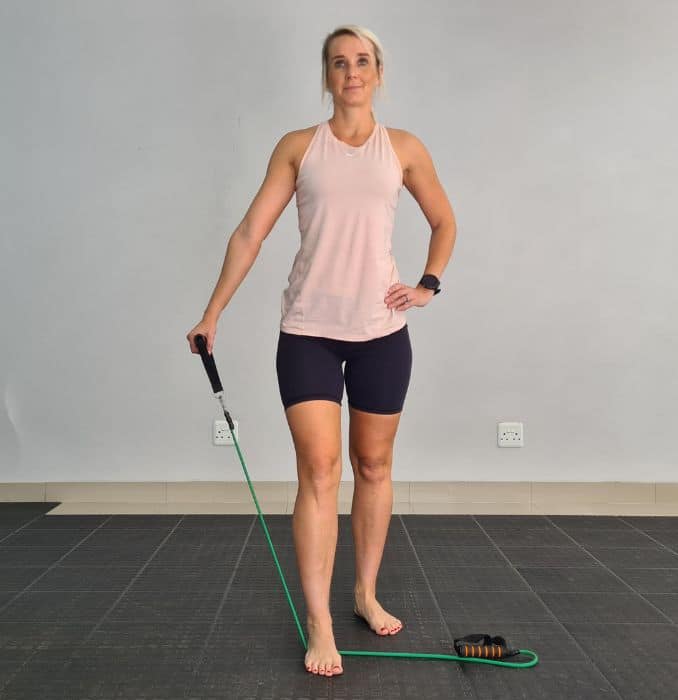 |
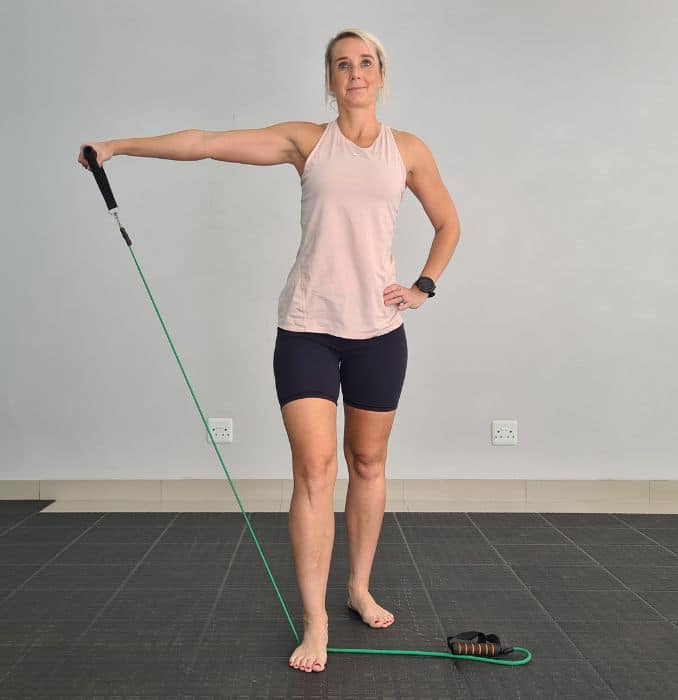 |
3. Shoulder Flexion
For this exercise, you can use an exercise band, a dumbbell, or a can of soups for added resistance.
Begin in an upright standing position with your feet hip-width apart, maintaining good alignment with your head, shoulders, hips, and legs. Step on the center of the band with one foot, holding the ends of the band with both hands, palms facing downward. Engage your core and pull your one arm back up to shoulder level. Lower your arm to return to the starting position and repeat the movement alternately on the opposite side.
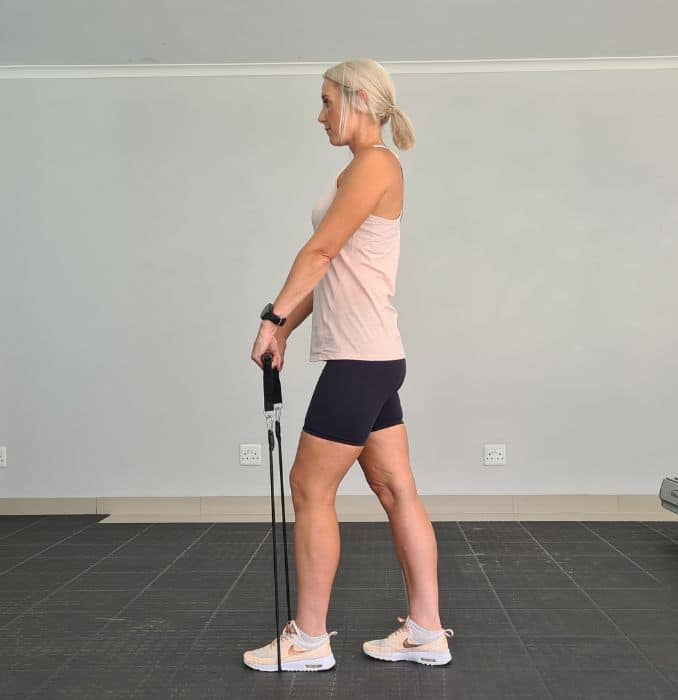 |
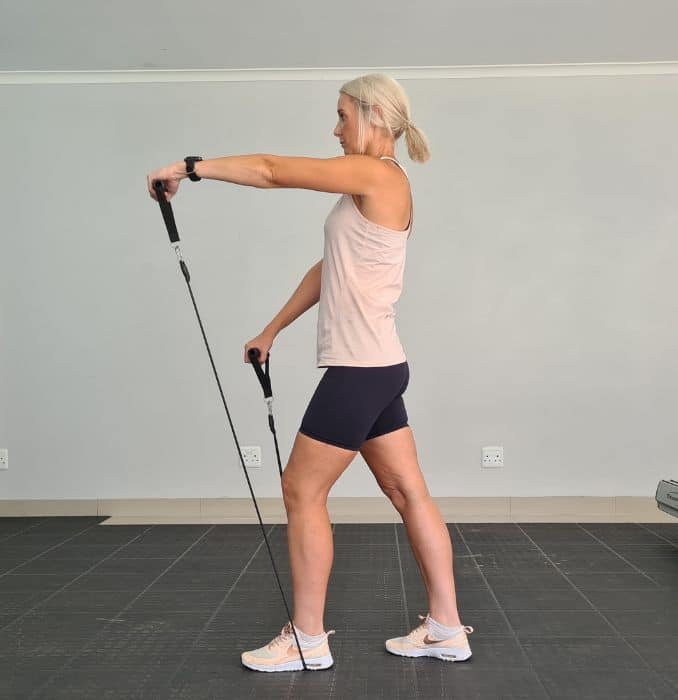 |
4. Bend-Over Rows
For this exercise, you can use an exercise band, a dumbbell, or a can of soups for added resistance.
Begin in an upright standing position with your feet hip-width apart, maintaining good alignment with your head, shoulders, hips, and legs. Step on the center of the band with one foot, holding the ends of the band with each hand. Hinge through your hips to lean your upper body forward. Engage your core and pull your arm back in a rowing motion, keeping your elbow 30 to 45 degrees towards your body, creating resistance on the tubing. Lower your arm down to return to the starting position and repeat the movement, as needed.
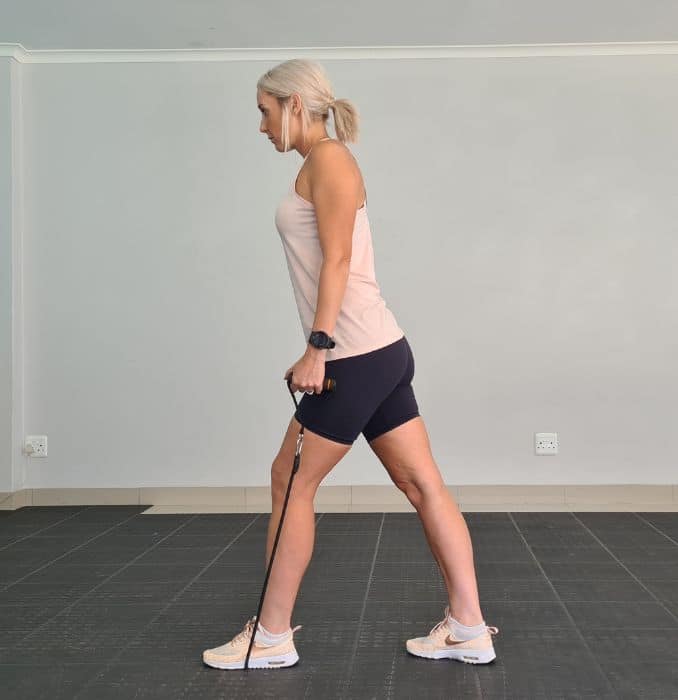 |
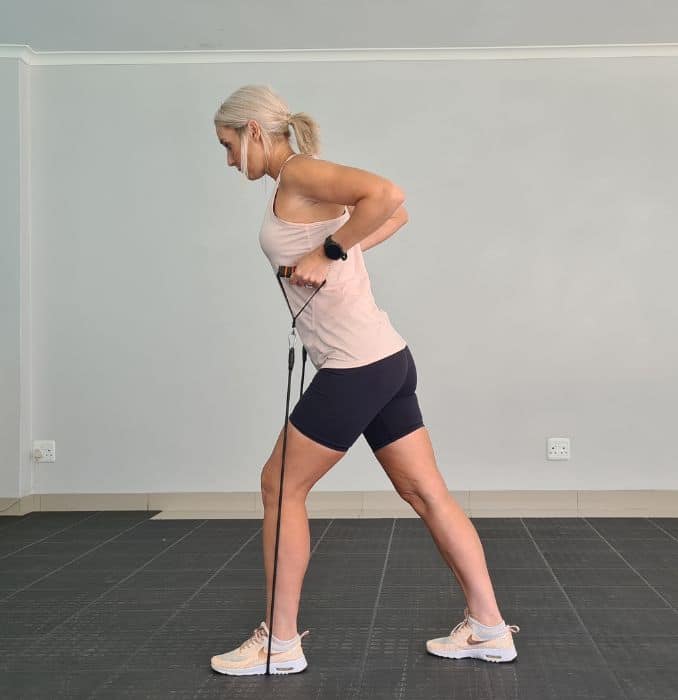 |
5. Push-Up
Begin in a 4-point position with your hands beneath your shoulders and your knees below your shoulders. Move your feet backward and tuck through your toes to move into a straight-arm plank position. Engage your core and bend down your elbows to bring your upper body towards the floor. Relax and return to the starting position. Repeat the movement as needed.
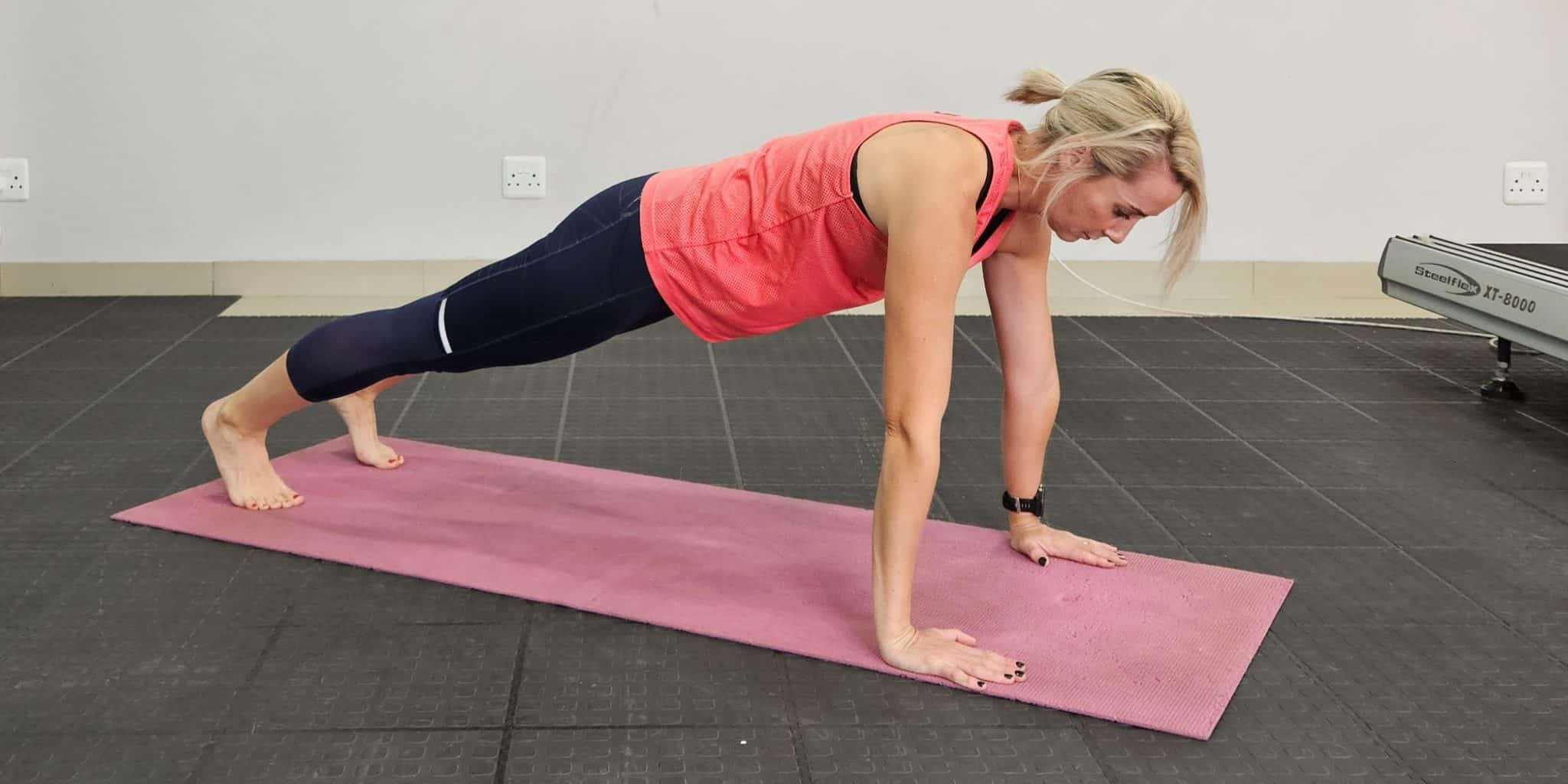 |
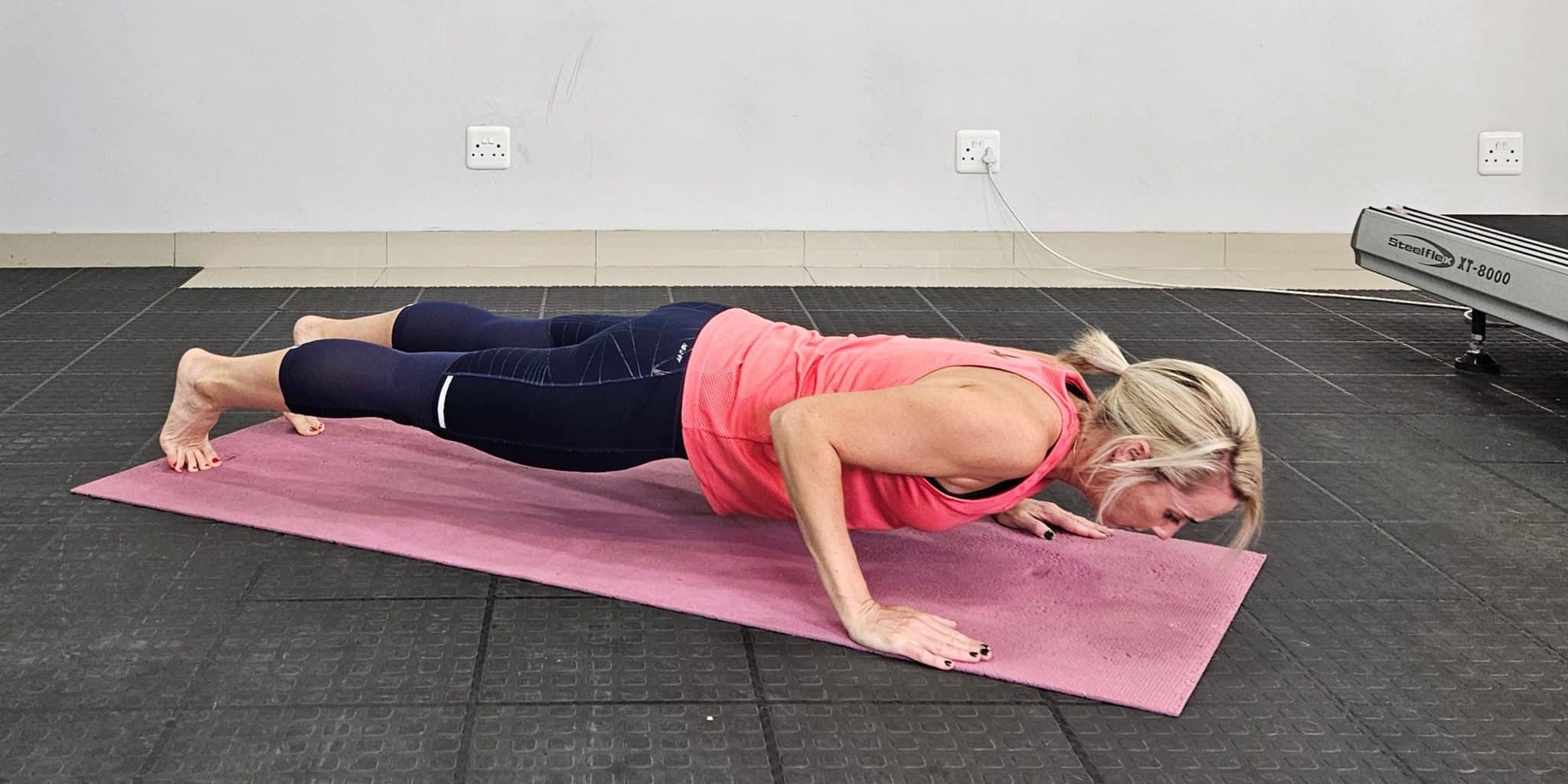 |
Progression 1: Pike Push-Ups
Begin in a 4-point position with your hands beneath your shoulders and your knees below your shoulders. Push from your heels to move into a downward dog position. Engage your core and bend your elbows to the side to lower your head towards the ground, keeping your legs straight. Hold the position for a couple of seconds. Relax and return to the starting position. Repeat the movement, as needed.
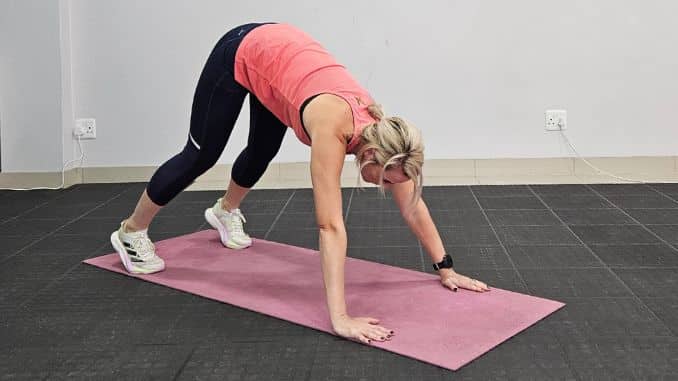 |
 |
Progression 2: Handstand Push-Up
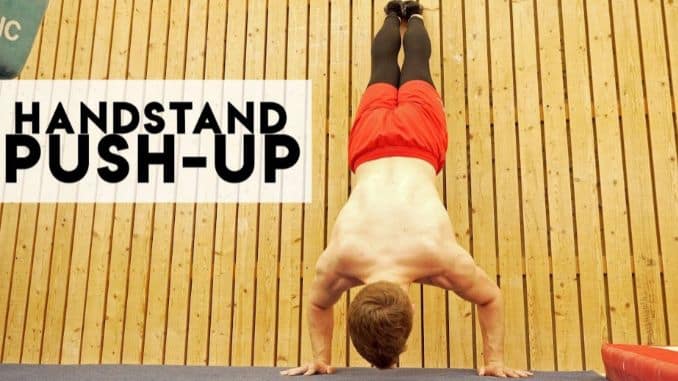
For this exercise, you can use a wall for support and balance.
Move in front of a wall and kick up into a handstand against the wall. Place your hands about 6-12 inches away from the wall. Engage your core and bend your elbows to lower your head towards the ground. Relax and return to the starting position. Repeat the movement as needed.
Benefits of Shoulder Exercises Into Your Calisthenics Routine
Before starting your intense shoulder workout, it's essential to warm up your shoulder muscles properly. Warming up increases blood circulation to the muscles, enhances flexibility, and minimizes the risk of injuries. Here are three effective warm-up exercises for your shoulders:
1. Stronger Shoulders:
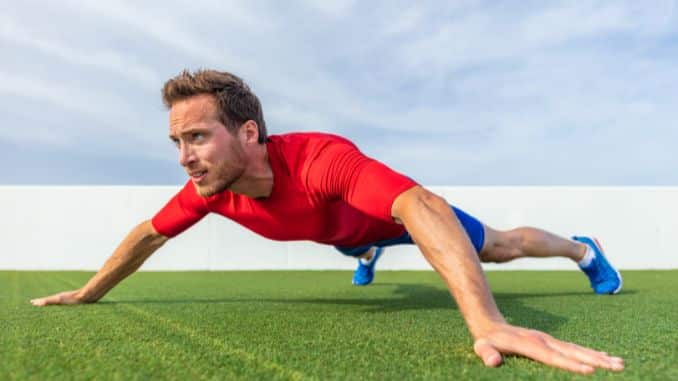
When you do shoulder exercises in your calisthenics shoulder workout routine, like push-ups and handstand push-ups, you're making the muscles in your shoulders stronger. This means those muscles can handle more weight and pressure, making it easier for you to push and pull things with your arms.
2. Helps You Move Better:
Strong shoulders aren't just good for lifting weights; they also make everyday movements easier. Tasks like reaching for objects on high shelves or carrying heavy bags become simpler when your shoulder muscles are strong and able to support your arms effectively.
3. Keeps Your Shoulders Stable:
Your shoulder joint is a complex structure that needs stability to function properly. By doing shoulder workout in calisthenics, you're strengthening the muscles around your shoulder joint, which helps keep it stable and reduces the risk of injuries like dislocations or strains.
4. Makes Your Posture Better:
Your shoulders play a big role in your posture. When the muscles in your shoulders are strong, they can help pull your shoulders back and down, which naturally straightens your spine and improves your posture. This not only makes you look taller and more confident but also reduces the risk of developing back or neck pain from poor posture.
5. Improves Your Range of Motion:

Range of motion refers to how far you can move a joint, like your shoulder, in different directions. By doing shoulder exercises in calisthenics, you're actively moving your shoulders through their full range of motion, which helps keep the joints flexible and prevents stiffness or tightness that can limit your movement and shoulder mobility.
6. Balances Your Muscles:
Your body works best when all the muscles are strong and balanced. Doing shoulder exercises along with other calisthenics exercises ensures that you're not neglecting any muscle groups in your upper body. This helps prevent muscle imbalances, which can lead to poor posture, joint pain, and an increased risk of injuries.
7. Helps in Other Activities:
Strong shoulders are beneficial for more than just calisthenics. Whether you're playing sports, gardening, or even just playing with your kids, having strong shoulders makes it easier and safer to perform a wide range of activities without straining or injuring yourself.
8. Gives You Different Ways to Exercise:
Calisthenics offers a variety of bodyweight shoulder exercises, from beginner-friendly options like push-ups to more advanced movements like handstand push-ups. Having a range of exercises to choose from keeps your workouts interesting and challenging, allowing you to progress gradually and continue improving your shoulder strength and mobility over time.
Common Mistakes to Avoid in Shoulder Calisthenics Exercises
When doing shoulder exercises, it's crucial to be aware of common errors that can impede your progress or cause injuries. Here are some mistakes to steer clear of:
1. Poor Posture:
To maintain proper posture during the exercises, keep your spine neutral and your shoulders back and down. Do not round your upper back or let your shoulders hunch forward.
2. Overarching or Sagging Back:
Throughout the movements, engage your core and keep your back straight. Avoid over-arching or sagging your lower back, as this can cause unnecessary stress on the spine and reduce the effectiveness of the exercise.
3. Lack of Control:
Concentrate on controlling your movements throughout the entire range of motion. Avoid relying on swinging or momentum to perform the exercises. Slow and controlled movements will engage the targeted muscles more effectively.
4. Neglecting Warm-up and Mobility:
Always warm up your shoulder muscles before starting your workout to increase blood flow and improve flexibility. Additionally, incorporate regular mobility exercises to maintain healthy shoulder joint function and prevent stiffness.
By being aware of these common mistakes and practicing proper form, you can ensure that your shoulder workouts are safe and effective, maximizing your gains and minimizing the risk of injury.
Summary
The shoulder workout routine we've explored isn't just about getting stronger muscles. It's also about feeling better about yourself and becoming more capable in everyday life. By doing exercises that use your own body weight, you can make your shoulders look and feel powerful.
Remember, every time you do one of these exercises, you're getting closer to your goals. Don't let challenges stop you; see them as chances to get better. And when you reach a goal, take a moment to celebrate. With practice and determination, you'll not only shape up your body but also build up your confidence and resilience. So, let's stick together on this journey, pushing our limits and making the most of what our shoulders can do through calisthenics.
Ready to unlock your shoulder's full potential with our calisthenics workout? Check out our Frozen Shoulder Solution for targeted exercises and start your journey to stronger shoulders today!





